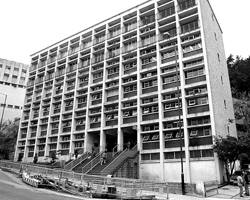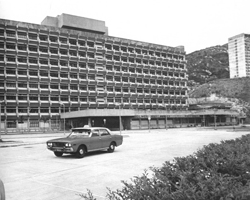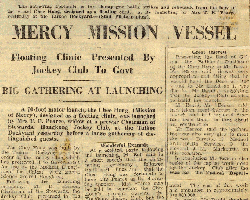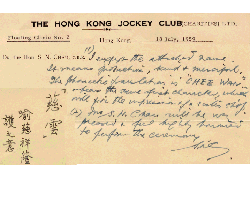|
To treat tuberculosis, a new wing was added to the Ruttonjee Sanatorium in the 1950s with the Club's support. In the same period, the Club funded a new leprosy treatment centre on Hei Ling Chau. - Hong Kong's high post-war birth rate also stretched maternity services to the limit. To ease the burden, the Club funded the rebuilding of the maternity unit at the Nethersole Hospital, now known as the Ho Miu Ling Block. A new nursing home and maternity hospital became operational in the 1960s. At the same time, the Tsan Yuk Hospital received Club funding to upgrade its maternity facilities. - To cope with the growing population in urban areas and in the New Territories, the Club provided funding for the establishment and ongoing operation of over 20 clinics to provide basic healthcare. Funding was also provided for two floating clinics, Chee Hong and Chee Wan, to serve the needs of dwellers living on the outlying islands. |





